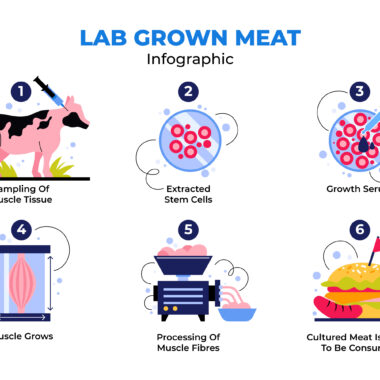Introduction
In the quest for a sustainable and decarbonized energy system, green hydrogen has emerged as a promising solution. Often dubbed the “fuel of the future,” green hydrogen offers a clean and versatile energy carrier that can revolutionize various sectors, from transportation to heavy industry. Let’s dive deeper into the world of green hydrogen and explore its potential to reshape our energy landscape.
What is Green Hydrogen?
Hydrogen is the most abundant element in the universe, but it rarely exists in its pure form. It’s typically found bonded to other elements, like oxygen in water (H2O) or carbon in hydrocarbons (fossil fuels). To obtain pure hydrogen, it needs to be extracted from these compounds.
Green hydrogen specifically refers to hydrogen produced through a process called electrolysis, powered entirely by renewable energy sources such as solar or wind power. During electrolysis, an electric current is passed through water, splitting it into hydrogen and oxygen. The resulting hydrogen is considered “green” because its production doesn’t involve any greenhouse gas emissions.
Why is Green Hydrogen Important?
Green hydrogen offers several significant advantages that make it a compelling energy option:
- Zero Emissions: The production and use of green hydrogen generate no carbon dioxide or other greenhouse gases, making it a crucial tool in combating climate change.
- Versatility: Green hydrogen can be used in various applications, including:
- Fuel for fuel cell vehicles, offering a clean alternative to fossil fuels.
- Feedstock for industrial processes, such as producing ammonia and steel.
- Energy storage, allowing excess renewable energy to be stored for later use.
- Heating and power generation, providing a clean source of heat and electricity.
- Energy Security: Green hydrogen can be produced domestically using abundant renewable resources, reducing dependence on imported fossil fuels and enhancing energy security.
- Economic Opportunities: The development of a green hydrogen economy can create new jobs and stimulate economic growth in various sectors.
Challenges and Outlook
While green hydrogen holds immense promise, some challenges need to be addressed for its widespread adoption:
- Cost: Currently, the production of green hydrogen is more expensive than hydrogen produced from fossil fuels. However, with advancements in technology and economies of scale, the cost is expected to decrease significantly in the coming years.
- Infrastructure: A robust infrastructure for the production, storage, and distribution of green hydrogen needs to be developed to support its widespread use.
- Efficiency: The electrolysis process used to produce green hydrogen still has room for improvement in terms of efficiency. Research and development are ongoing to enhance the efficiency and reduce the cost of electrolysis.
Despite these challenges, the future of green hydrogen looks bright. Governments, industries, and research institutions worldwide are investing heavily in green hydrogen technologies, recognizing its potential to accelerate the transition to a clean energy future. With continued innovation and investment, green hydrogen is poised to play a pivotal role in decarbonizing our energy system and creating a more sustainable world.
Conclusion
Green hydrogen represents a beacon of hope in the fight against climate change. Its clean, versatile, and sustainable nature makes it an ideal energy carrier for a variety of applications. While challenges remain, the growing momentum behind green hydrogen development suggests that it’s not a matter of “if” but “when” it will become a cornerstone of our energy system. The transition to a green hydrogen economy may take time, but the benefits it offers for our planet and future generations are undeniable.











